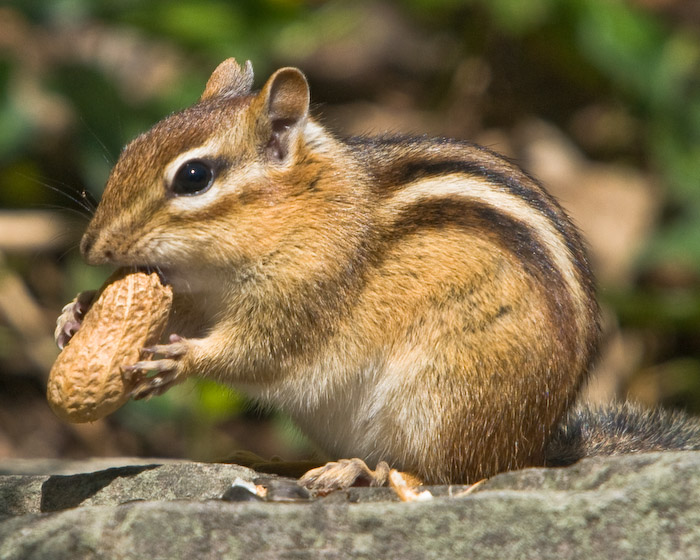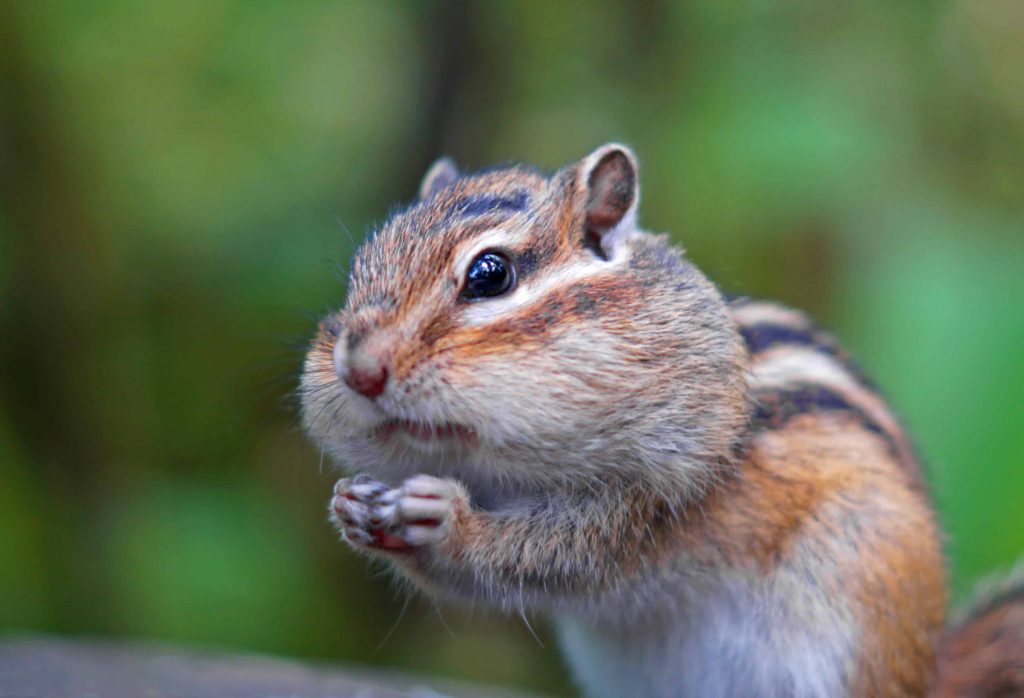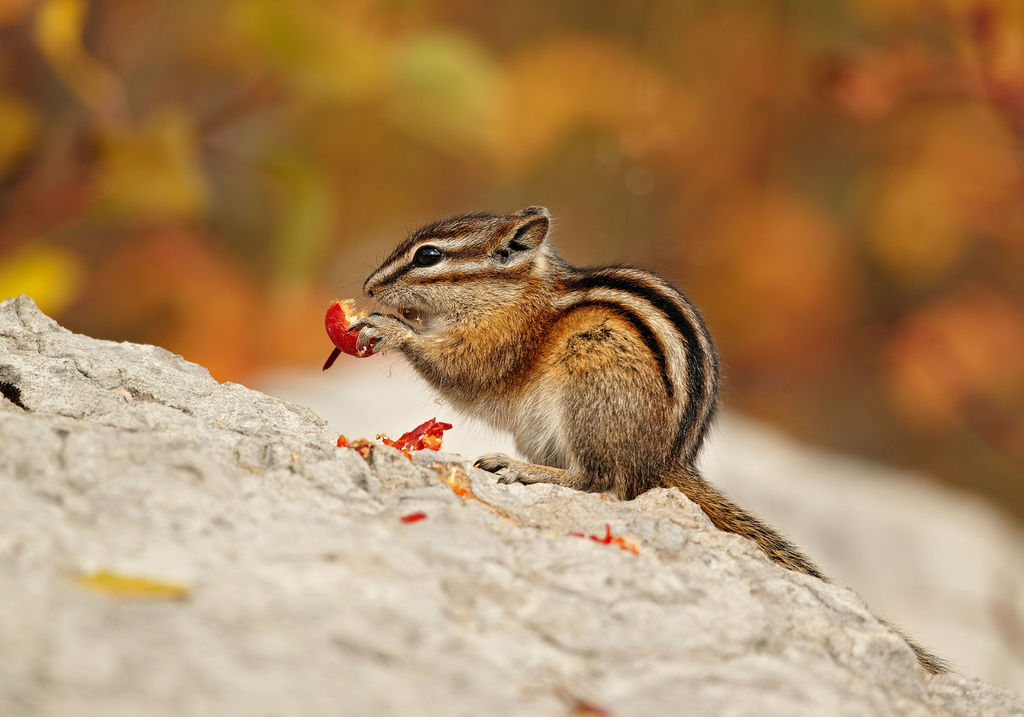
Chipmunks are small rodents that are found throughout North America and parts of Asia. They are known for their small size, striped fur, and their ability to store food for the winter months. But beyond their cute appearance and playful behavior, chipmunks have a number of physical adaptations that enable them to survive and thrive in a variety of environments.
One of the key adaptations of chipmunks is their sharp senses. They have large eyes that are positioned on the side of their head, which allows them to have a wide field of vision. This helps them to detect danger from all directions and to quickly spot predators such as hawks, owls, and snakes. Chipmunks also have excellent hearing and can hear sounds that are too high for humans to hear. This ability helps them to detect the approach of predators or other animals that may pose a threat.
Another important adaptation of chipmunks is their agility and speed. They are able to run at speeds of up to 15 miles per hour, which helps them to escape predators quickly. Chipmunks are also able to climb trees and other vertical surfaces with ease, thanks to their strong claws and their ability to grip onto rough bark. This allows them to escape predators or to access food sources that are high up in the trees.

Chipmunks are also excellent burrowers. They use their sharp claws and powerful front legs to dig burrows in the ground, which they use for shelter and to store food. Chipmunk burrows can be quite extensive, with multiple entrances, chambers, and tunnels. This allows them to avoid predators and extreme weather conditions, as well as to store food for the winter months.
Another important adaptation of chipmunks is their ability to hibernate. During the winter months, when food is scarce and temperatures are low, chipmunks enter a state of torpor. Their body temperature drops, their heart rate slows, and their metabolism decreases. This allows them to conserve energy and survive for long periods of time without food. Chipmunks are also able to store food in their burrows, which they can access during periods of hibernation.
Finally, chipmunks have adapted to their environment by developing a variety of food preferences. They are omnivorous, which means they eat both plants and animals. They are known to eat a wide variety of foods, including nuts, seeds, fruits, insects, and small animals like insects and worms. Chipmunks are also able to store food for the winter months, which allows them to survive in harsh environments where food is scarce.

In conclusion, chipmunks have a number of physical adaptations that enable them to survive and thrive in a variety of environments. They have sharp senses, are fast and agile, are excellent burrowers, can hibernate, and have adapted to a variety of food preferences. These adaptations have allowed chipmunks to become a successful and adaptable species, able to survive in a wide range of habitats and environments.